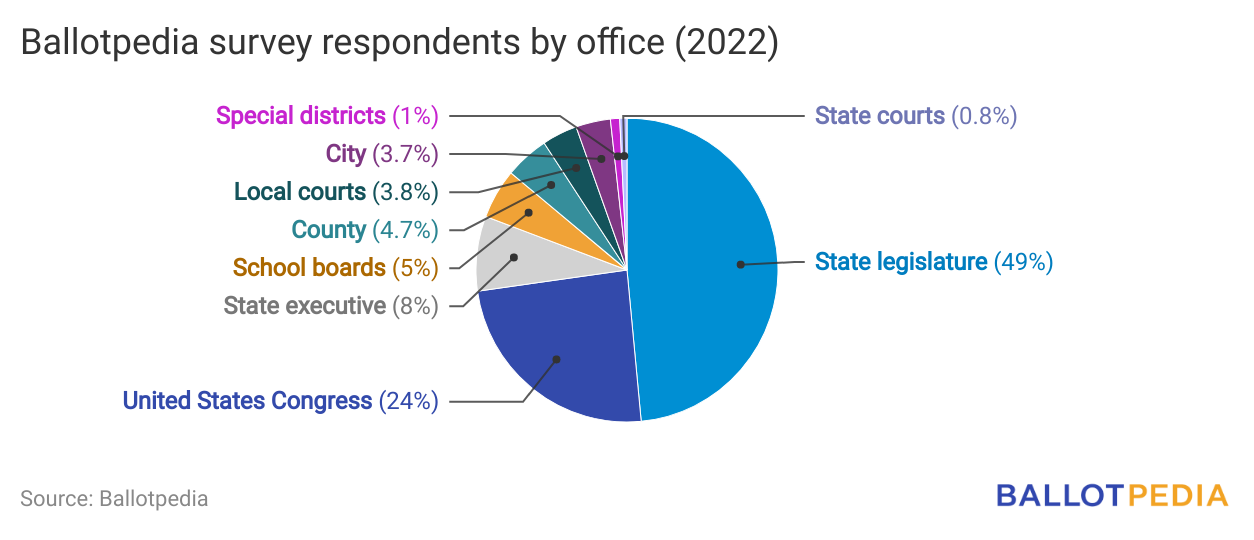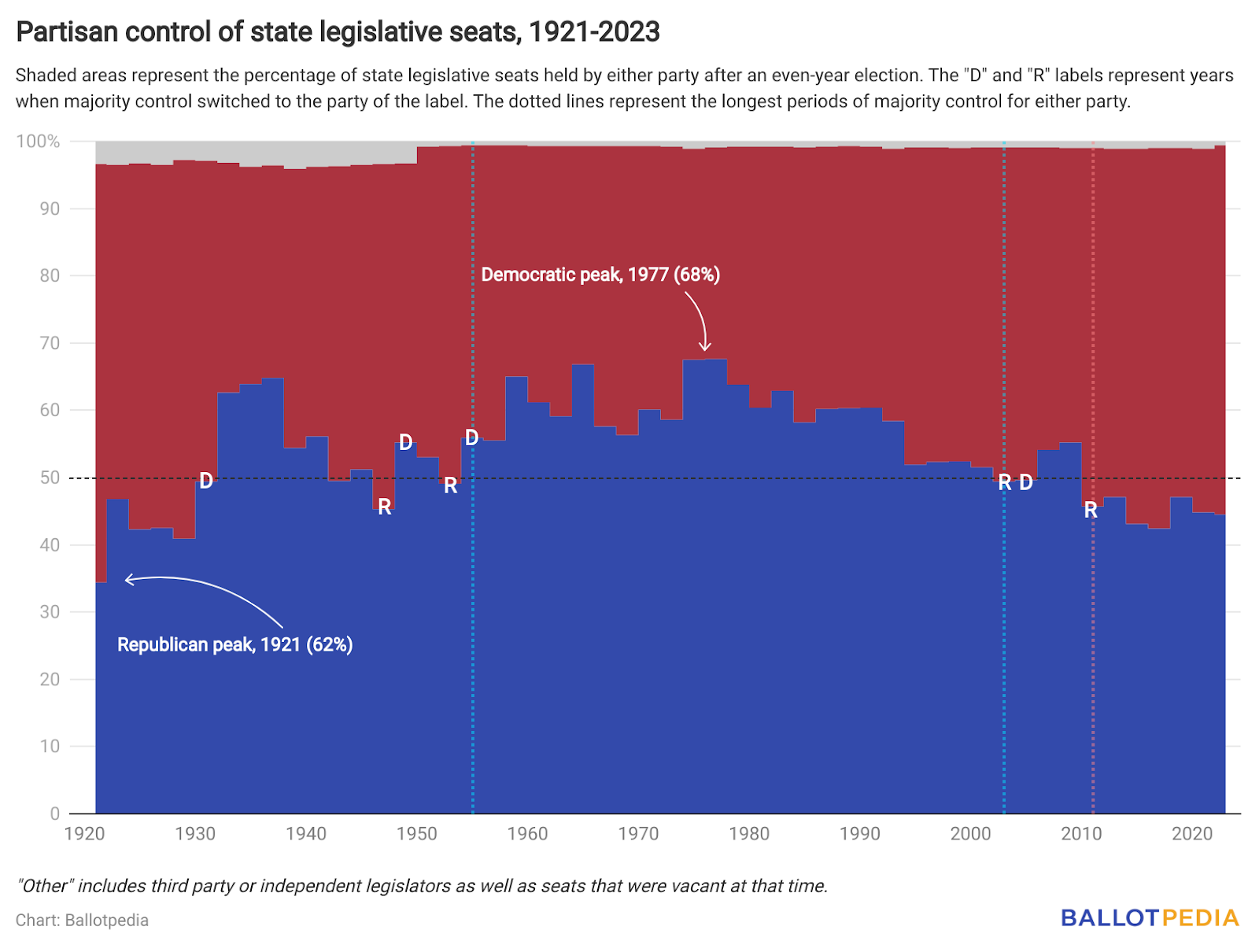Tag: Daily Brew
-
An early look at certified 2024 measures
Here’s what’s in store for you as you start your day: California and New York certify measures for 2024 related to fast-food working conditions, Equal Protection Clause Tallying error in Oakland, Calif., led to inaccurate election results 275 election-related bills introduced in state legislatures last week California and New York certify measures for 2024 related…
-
New year, new state legislative leaders
Welcome to the Friday, January 27, Brew. Here’s what’s in store for you as you start your day: At least 121 new state legislative leaders elected so far Oklahoma will vote on marijuana legalization in March, Ohio could follow in November #FridayTrivia: What percentage of congressional races were decided by fewer than 10 percentage points…
-
Five measures certified (so far) in three states for the 2023 ballot
Here’s what’s in store for you as you start your day: Five measures certified in three states for the 2023 ballot Willie Wilson leads Chicago mayoral candidates in fundraising while Mayor Lori Lightfoot leads in spending Learn how school board elections played out in the 2022 midterms with On the Ballot, our weekly podcast Five…




